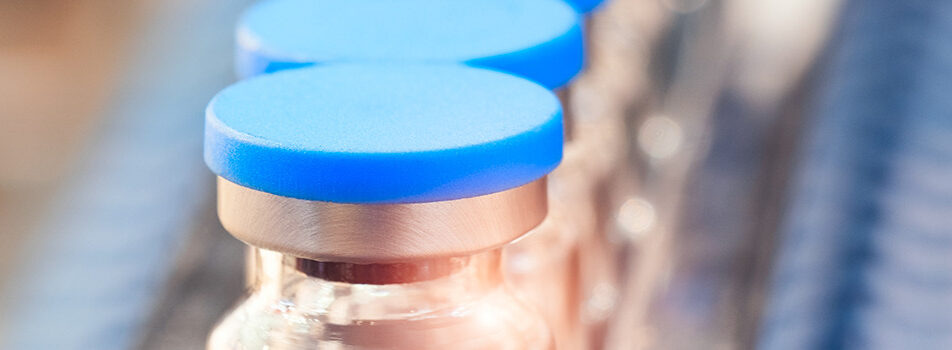
Increased demand for sterile filling
The shift from ‘blockbuster’ pharmaceutical products towards biological products and advanced therapies that provide more targeted modes of action is acknowledged already by ICHQ and in EU GMPs by the change of the regulations. Because the biological products and ATMPs cannot be sterilized via terminal sterilization due to efficacy impact, aseptic pharmaceutical manufacturing is required, following the principles of quality risk management and focus on risk based approaches. Aseptic fill and finish is a ‘high at risk’ process. As product is exposed to the environment there are several challenges to balance: risk, complexities and GMP compliance.

Aseptic filling equipment and solutions
The sterile pharmaceutical manufacturing inevitably brings contamination risks from humans that need to be mitigated. New technologies need to be employed such as closed and single use systems, barrier technologies and ready to use pre-sterilised containers.
Facility design requires setting GMP areas: CNC, D, C, B, A across the facility with increasing levels of cleanliness towards Grade A, where sterile products may be exposed to the filling environment. This itself gives rise to challenges in commercialization, or technology transfer. In addition personnel and material airlocks (PALs and MALs) are applied with the necessary personnel gowning and material transfer contamination control measures.
Sporicidal agents are required in disinfection programs to achieve Grade A manufacturing environment and surrounding environment conditions for GMP compliance. The oxidising potential of some sporicides, particularly VHP/vH202, and associated free radical attack mechanisms can impact biological product efficacy – even at very low gaseous residuals. Therefore, it is necessary to apply analytical chemistry methods to be confident about the compatibility of sporicidal agents with the biological product exposed to the Grade A manufacturing environment.

Examples of aseptic technique in a lab
In aseptic processing, contamination risks are mitigated at every interface and transfer points of materials or products. Moreover, environmental monitoring and process monitoring are required for each GMP area based on risk and should be considered holistically. The relationship of environmental classification and environmental qualification between the filling line barrier technology and the surrounding environment needs to be defined in a contamination control strategy (CCS) that follows QRM principles (risk based approach).
Addressing the risks at point of fill there is airflow protection. Smoke visualization studies as well as computational fluid dynamic models are used to indicate risks of contamination at the point of filling the vial or a possibility of the product spilling out, which might be a particular concern if products are toxic, biohazard or cross contamination control is required.
Good gowning practices, cleanroom behavior are essential measures of contamination control from the most contaminating source: operators. As barrier technology is not a barrier to all contamination transfer, the application of good aseptic technique is undoubtedly important.




